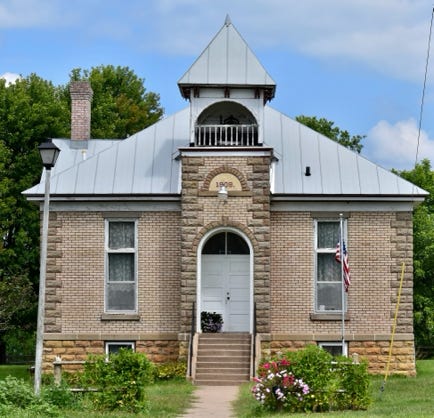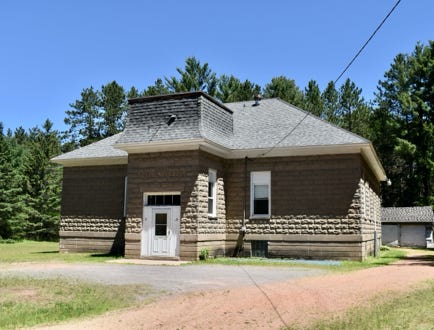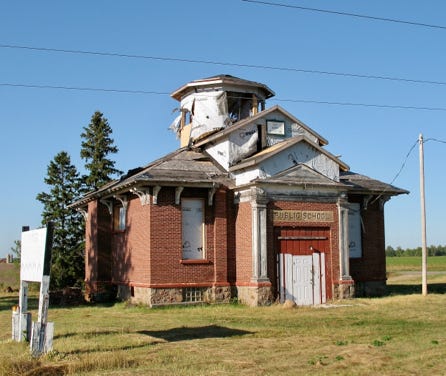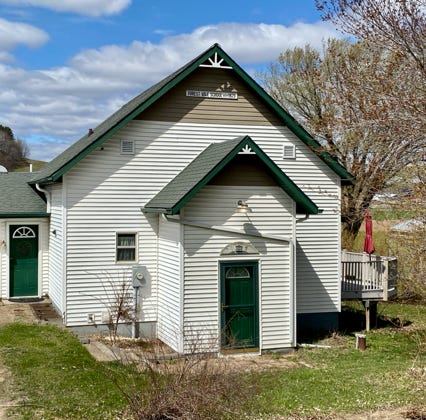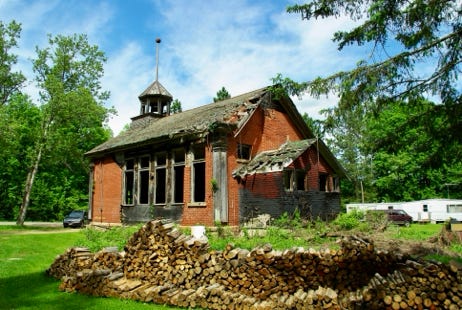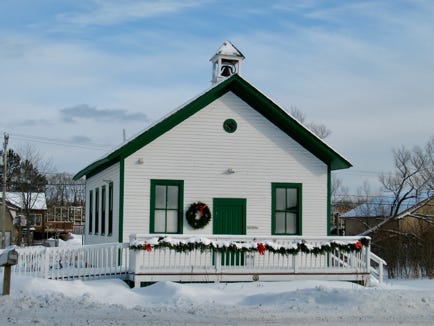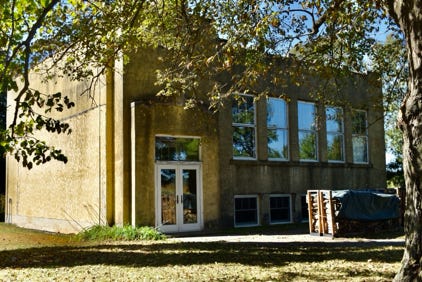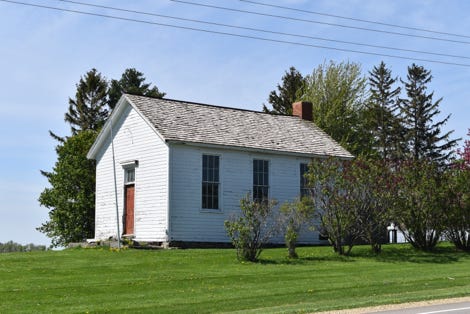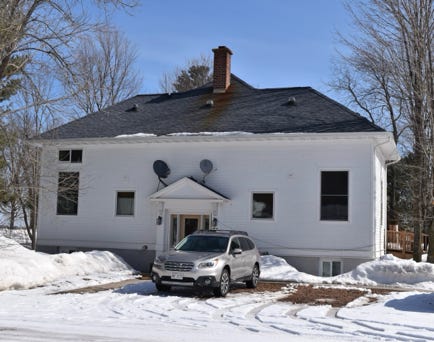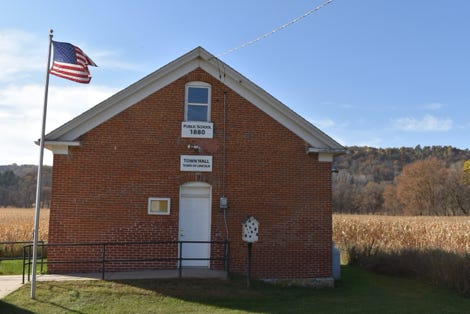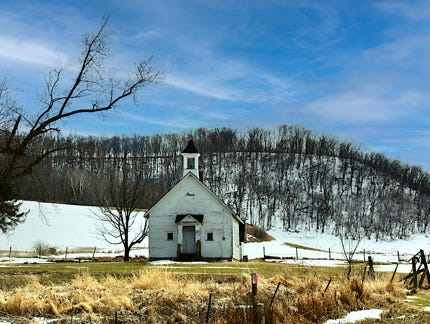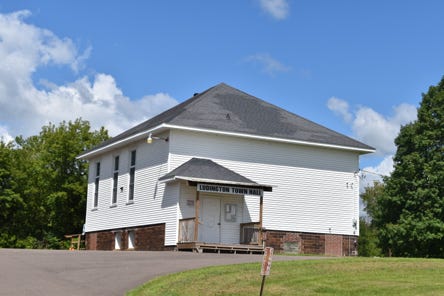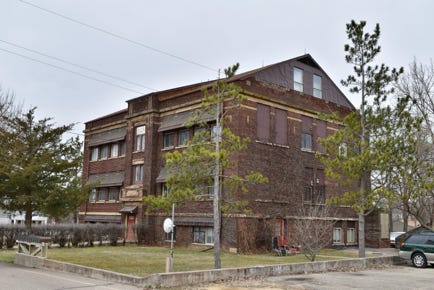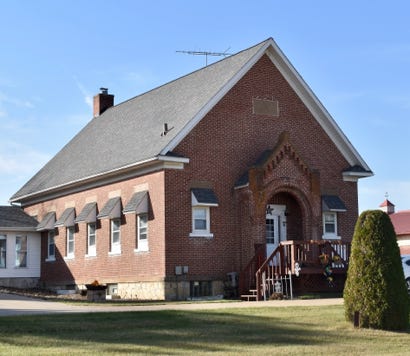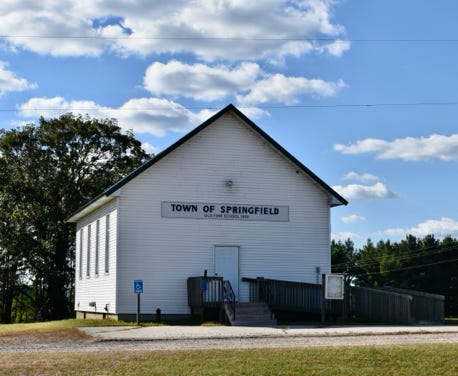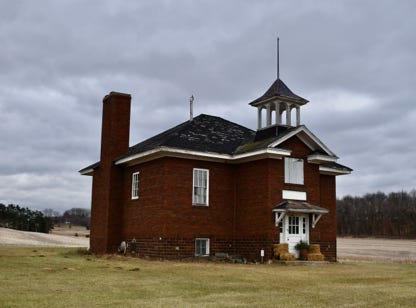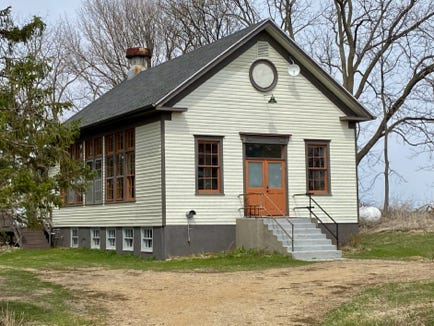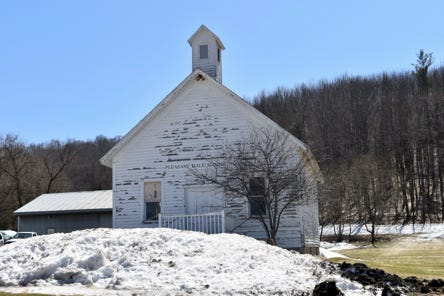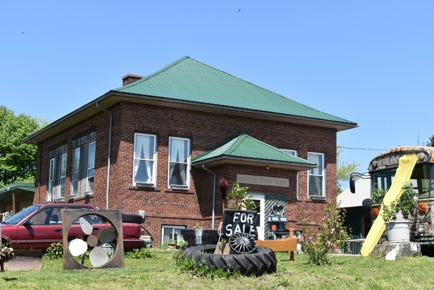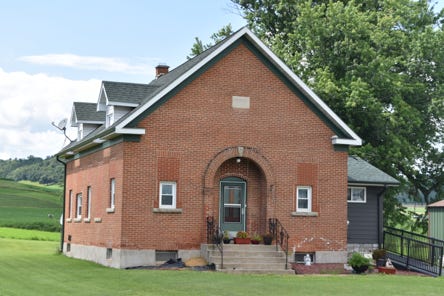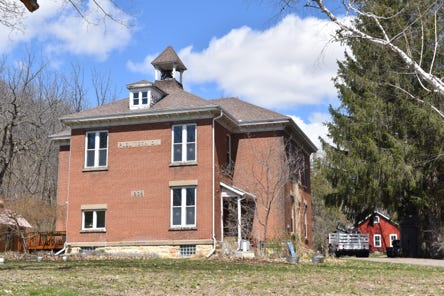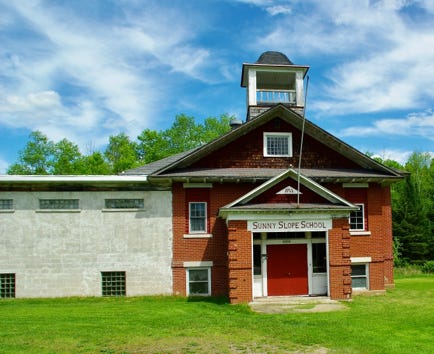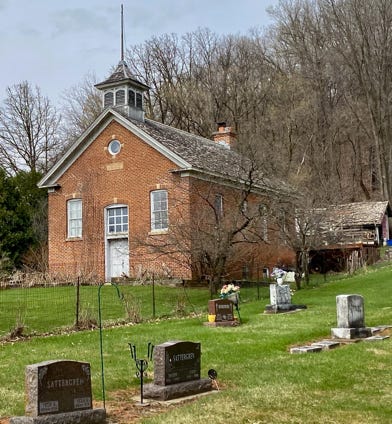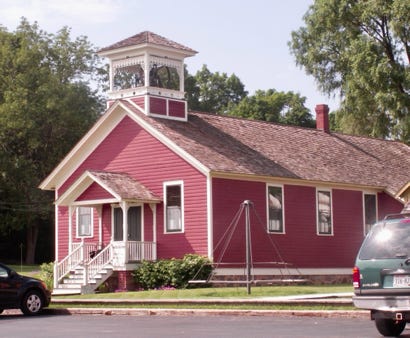
Click to zoom photo

Highlights I wanted to share,
the next stories, those I want to tell
Chris Claremont, a Brit by birth, is an American comic book writer and novelist, who worked for Marvel Comics. He once wrote, “The more stories I told, the more I found I wanted to tell. There was always something left unsaid. I got hooked by my own impulse of 'Well, what's gonna happen next?’”
That’s the way I feel about highlighting stuff about Wisconsin for you that cannot be left unsaid.
Claremont expresses my feeling perfectly: “What excites me, what attracts me, what gets me up in the morning is telling the next story and getting it out in front of readers and hoping they'll love it too.”
There is no end to the stories I could tell. I hope you enjoy these.


